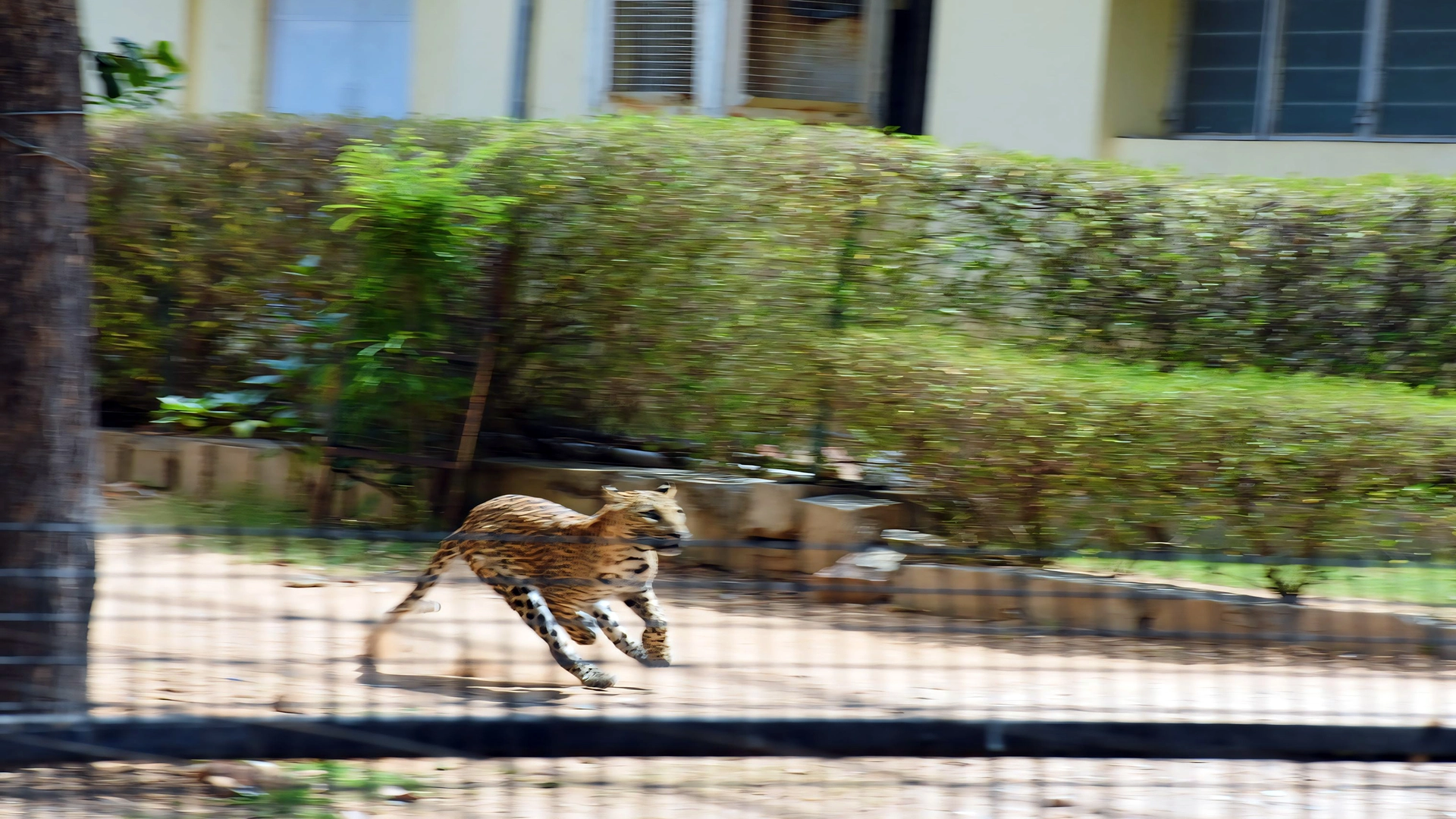
A terrifying incident in Udaipur has reignited concerns about human-wildlife conflict in India. On October 1, 2024, a woman in the Gogunda area of Udaipur, Rajasthan, was reportedly attacked by a leopard. The attack, which occurred in the early hours of the day, has left the local community shaken. Forest officials arrived swiftly at the scene to investigate the incident, launching a thorough search for the animal involved.
The Growing Challenge of Human-Wildlife Conflict
This incident is part of a broader trend of increasing human-wildlife conflict in India, especially in regions where human populations and wildlife habitats intersect. The rise in such conflicts can be attributed to several factors, including habitat fragmentation, expanding agricultural and urban areas, and the encroachment of human activity into forested regions.
Udaipur, known for its beautiful lakes and rich wildlife, sits at the edge of the Aravalli Range, which is home to a variety of species, including leopards. Over the past decade, leopard attacks have been a growing concern in the area, as their natural habitat has shrunk due to human activities. In recent years, Rajasthan has witnessed several such attacks, with leopards venturing into villages in search of food, often leading to tragic confrontations with humans.
The Gogunda incident is particularly alarming because it took place in a populated area, raising questions about the safety of residents living in proximity to leopard habitats. Forest officials have reported an increase in leopard sightings near human settlements, particularly during the summer months when water sources in the wild dry up, forcing animals to venture closer to human communities.
Investigating the Attack
The forest department in Udaipur has launched an immediate investigation to track down the leopard responsible for the attack. According to local sources, the officials are employing camera traps and pugmark tracking techniques to locate the animal. They have also issued advisories to local residents, urging them to avoid venturing out alone, especially during dusk and dawn, which are prime hunting times for leopards.
Speaking to the media, a forest official noted, “The situation is under control, and we are doing everything possible to track the leopard and ensure the safety of the local population.” Despite the efforts of the forest department, fear has gripped the Gogunda area, with many locals demanding swift action to prevent further incidents.
Also read: MUDA Scam Probe Begins: Siddaramaiah Stands Ground as Wife Surrenders Plots
Balancing Conservation with Human Safety
Leopards are a protected species under the Wildlife Protection Act of India, and efforts to conserve their population have been successful in recent years. However, this has led to an increase in leopard numbers in certain regions, raising concerns about how to balance conservation with human safety. Wildlife experts argue that incidents like the one in Udaipur highlight the need for better management of wildlife corridors and more sustainable urban planning to reduce conflict.
In response to the attack, wildlife activists have emphasized the importance of coexistence strategies. This includes creating safe passageways for animals, educating local communities on how to minimize the risk of leopard encounters, and implementing more effective measures to prevent livestock depredation, which often draws leopards into human settlements.















